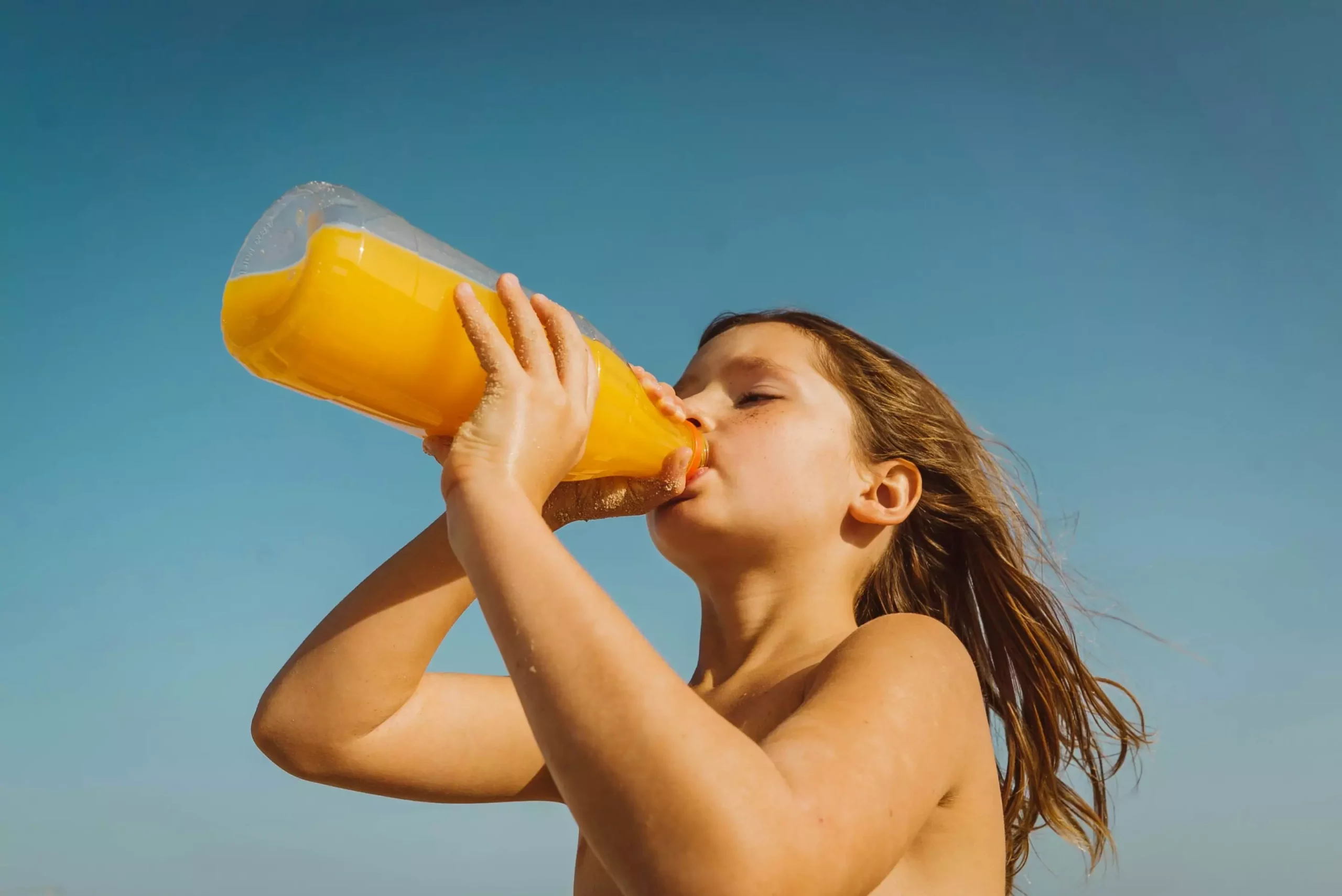When it comes to purchasing a 12-ounce, single-serve container of orange juice, the choice of packaging often hinges on consumer perception. Many believe that glass, with its sleek appearance and nostalgic charm, represents the pinnacle of sustainability. This assumption is entrenched in our culture—glass has long been adored for its recyclability and aesthetic appeal. However, a recent study conducted by food scientists at the University of Massachusetts Amherst casts a disheartening shadow on this belief. Contrary to popular opinion, lead author Nomzamo Dlamini reveals that glass may not be the environmental champion it’s perceived to be. The preferences of consumers, ranking glass as the top choice for sustainability, starkly contrast the reality uncovered through lifecycle assessments.
The Lifecycle Analysis: Glass Isn’t Golden
In a detailed lifecycle assessment, researchers found that producing glass involves significant energy expenditure—much more than its plastic counterpart. While glass is indeed 100% recyclable, the processes involved in its production and recycling are energy-intensive. In contrast, plastic packaging, often dismissed as a villain in environmental discourse, comes out as the more sustainable option in this specific instance of single-serve orange juice. The weight of the material plays a crucial role; lighter materials, such as plastic, necessitate less energy for transportation, directly influencing environmental impact. Dlamini’s surprise upon reading these findings highlights the dissonance between consumer perception and scientific reality.
The Surprising Winner: Carton Packaging
Even more unexpected is the finding that carton packaging, often perceived as a secondary choice, emerged as a more sustainable alternative than glass. It raises an important question about how consumer beliefs shape the market dynamics of packaging types. Cartons are designed for aseptic sealing, which employs a less energy-intensive method than glass packaging, preserving freshness while minimizing environmental costs. This revelation indicates an urgent need for a shift in public understanding about what constitutes ‘sustainable’ packaging.
Consumer Motivations: Price vs. Values
The study did not merely examine packaging preferences but also delved into the psychological underpinnings of consumer behavior. Although participants generally expressed a desire to choose sustainable options, price remained the predominant factor influencing their decisions. This underscores a paradox inherent in sustainable consumption: while individuals may value environmentally friendly products, their purchasing choices often lean towards the most economical alternatives. Dlamini points out that these insights are invaluable for industry professionals aiming to shape the market. If brands want to promote sustainable packaging effectively, they must address what consumers care about most.
The Ideal Product: Features that Matter
The perfect orange juice option, according to survey results from 847 adult consumers, is not only priced competitively at $1.10 per 12 fluid ounces but also packaged in glass and labeled as 100% recyclable. However, it’s essential to note that even this ideal product does not address the broader implications of sustainable consumption. Consumers’ desire for eco-friendly options is commendable, yet the real challenge lies in delivering those options at an accessible price point. Thus, while it’s essential for manufacturers to promote sustainability, they must also consider economic factors that heavily influence consumer choice.
Beyond Packaging: Tackling Food Waste
Ultimately, the quest for sustainable food consumption goes well beyond the choice of packaging. As the paper underscores, the most effective contribution toward environmental sustainability lies in minimizing food waste—a far more pressing issue often overshadowed by discussions around packaging types. Consumers should be encouraged to think critically about their overall food consumption habits, focusing less on packaging and more on strategies to reduce waste.
This shift in perspective could redefine sustainable practices in food consumption. It not only calls for an education in packaging options but also fosters a broader understanding of the impacts of food waste. Solving the sustainability challenge requires a holistic approach, encompassing every facet of food production, distribution, and consumption.
In a world increasingly caught up in a cycle of consumerism, this research serves as a vital reminder that sustainability is not just about choosing the right packaging—it’s about redefining our values and behaviors regarding food consumption as a whole. Recognizing the complexity of sustainability will empower consumers to make more informed choices, ultimately driving the industry towards a greener future.


Leave a Reply